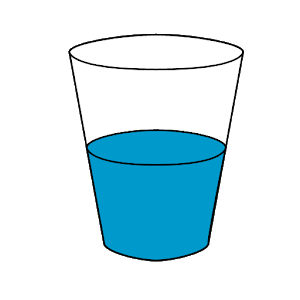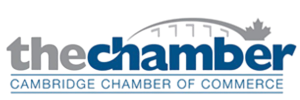Hi, Dave Fox here from Starscape SEO. At first glance, a trailing slash at the end of a URL might seem like a small detail, but in the world of SEO, small details can have big consequences.
If not managed correctly, trailing slashes can lead to duplicate content issues, confusing search engines and users alike.
Google doesn’t like seeing the same content under two different URLs, and a simple trailing slash can make all the difference.
Let’s dive into why this matters and what you can do about it.
What Exactly is a Trailing Slash?

A trailing slash is the forward slash (/) you often see at the end of a URL. It’s commonly used to indicate a directory, but when it comes to SEO, it can affect how your site ranks. Consider the URLs below:
https://www.yoursite.com/about-ushttps://www.yoursite.com/about-us/
They may look identical, and in some cases, clicking on both will take you to the same place.
But behind the scenes, they are technically two different URLs. If both are accessible, Google will see them as duplicate content, and that’s where the problem begins.
Why Do Trailing Slashes Cause Issues?

URLs need to be unique for Google to properly index them.
If both versions (with and without the slash) load the same page, Google ends up seeing two versions of the same content.
This duplication splits your SEO value between the two URLs, making it harder for your page to rank well.
Trailing Slashes Split Your Link Equity

One major issue with having two versions of the same URL is that it divides your link equity—or “link juice”—in half.
Link equity is a key SEO factor; it represents how much value or authority is passed to your page when other sites link to it.
If some sites link to the URL with the trailing slash, and others don’t, your page ends up with diluted SEO power.
It’s like trying to pour all your juice into two glasses instead of one—it loses strength.
Trailing Slashes and Crawl Efficiency

Google doesn’t have unlimited time to crawl your website.
The larger your site, the more important it is to make sure Google is using its “crawl budget” efficiently.
Duplicate content from trailing slashes wastes crawl time.
For a smaller site, this might not matter as much, but for large sites, it can slow down indexing and prevent other important pages from being crawled.
Impact on User Experience

Good SEO is as much about the user experience as it is about search engines.
If both the slash and non-slash versions of a URL are live, users might stumble across different versions of the same page, which can be confusing.
As more people work on your site, inconsistencies between the pages could also start creeping in, causing further frustration.
It’s best to avoid this issue altogether by standardizing your URL structure.
Fixing Trailing Slash Issues

So, how do you fix this?
First, decide on a standard: with or without the trailing slash.
For websites that have a directory-like structure, it often makes sense to include the slash.
Once you’ve made your decision, stick with it across your entire site.
The most effective fix is a 301 redirect.
This tells search engines that one version of the URL is the correct one, and permanently redirects the other.
For large websites, a site-wide redirect rule is best, ensuring any future pages also follow the correct URL structure.
In some cases, if you can’t use a redirect, a canonical tag is your next best option.
This tag signals to search engines which version of the URL should be considered the original.
However, canonical tags don’t solve the user experience or crawl efficiency issues—redirects remain the gold standard.
Stay On Top of It

Even after you fix the problem, trailing slash issues can return if not properly managed.
Regularly update your sitemap to ensure all URLs follow the correct structure, and use tools like Google Search Console to monitor your pages and see which version is being indexed.
SEO is all about getting the small things right. Ignoring trailing slash issues may seem minor now, but over time, it can harm your search rankings, user experience, and overall site efficiency.
By addressing these details early on, you can save yourself from bigger headaches down the line.
At the end of the day, taking the time to standardize your trailing slashes is a quick win for your SEO.
So, go ahead—pick your convention, stick with it, and watch your website perform more efficiently!

Call or Text Starscape SEO: (519) 208-8680


